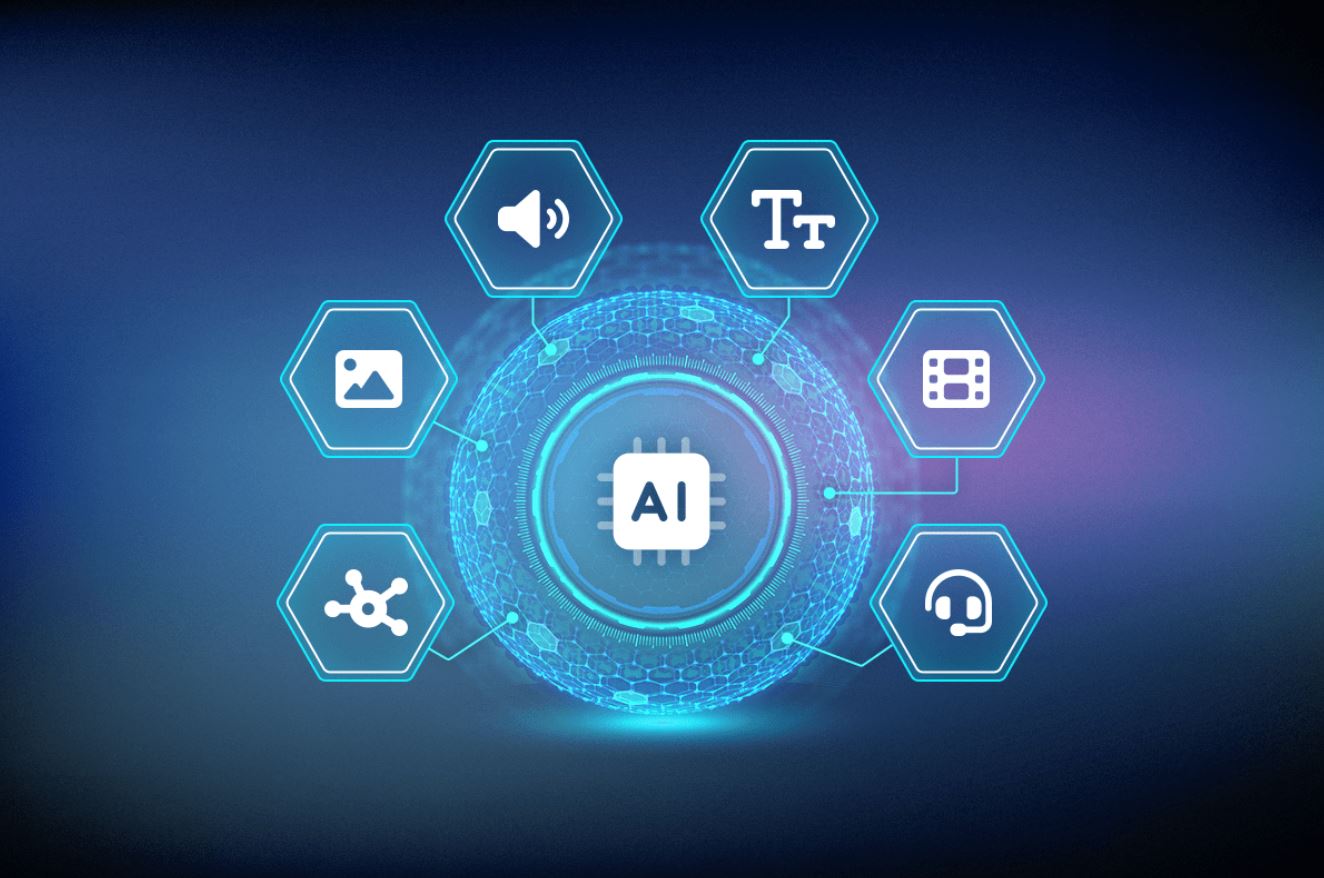 Antoine Bosselut, who leads the Natural Language Processing Laboratory at EPFL, shares his thoughts on how AI tools like ChatGPT have evolved dramatically over the past two years. He recalls the buzz when ChatGPT first appeared—a moment that shifted our focus from narrow, task-specific systems to flexible, instruction-based generative AI.
Antoine Bosselut, who leads the Natural Language Processing Laboratory at EPFL, shares his thoughts on how AI tools like ChatGPT have evolved dramatically over the past two years. He recalls the buzz when ChatGPT first appeared—a moment that shifted our focus from narrow, task-specific systems to flexible, instruction-based generative AI.
This new approach turned countless instructions into varied outputs by harnessing vast amounts of data, fundamentally changing how we interact with technology and broadening access well beyond traditional tech circles.
The innovation sparked a swift reaction from competitors. Companies like Anthropic, behind Claude, and Google have raced to develop similar models. While OpenAI’s product was groundbreaking, it was the clever packaging into an accessible and user-friendly solution that really caught the public’s eye.
More recently, the entry of DeepSeek in late 2024 has raised eyebrows. Its promise of cost-effectiveness has generated a lot of excitement, although questions remain about its underlying capabilities and the transparency of its training data—even as it’s marketed as open-source.
Amid soaring global AI investment—with the US and Europe pumping in substantial funds—the debate increasingly centres on who is footing the bill. As AI becomes a daily tool, developing homegrown solutions, particularly in Europe, is crucial to reducing reliance on foreign services and safeguarding data sovereignty.
Switzerland is playing a key role here too. With institutions like EPFL and ETH Zürich nurturing the next generation of AI talent, initiatives such as the Swiss AI Initiative and the Swiss National AI Institute help balance strong theoretical foundations with practical, real-world applications.
There are still concerns about data quality. Many worry that an influx of AI-generated content could dilute the reliability of training sets. However, improvements in filtering and quality control techniques are proving that synthetic data can be just as robust as that produced by humans.
Looking ahead, generative AI is set to expand into more fields, although data sensitivity in areas like healthcare and national security remains a challenge. Today’s models, with their expansive yet limited vocabularies, are poised for a significant upgrade into multimodal AI. By blending text with images, sound, and video, future systems aim to replicate human-like reasoning and interaction—an evolution that is as much philosophical as it is technical.








